Sang Zhi – 桑枝 – Mori Ramulus,Mulberry branch,Chinese medicine,Chinese Herbs,ramulus mori,sang zhi herb,Mulberry Branch
[Medicinal Use] Tender branches of Morusalba L., a tree of the Moraceae family.
[Nature and flavor and meridians] Bitter, flat. Enters the liver meridian.
[Effects] Expel wind and dredge meridians.
[Clinical Application] Used for rheumatic pain
Mulberry branches are good at expelling wind and dredge joints. They are used for rheumatic pain and are often used in combination with Stephania tetrandra, Clematidis, Notopterygium incisum, and Angelica dahurica. This product is good at treating upper limbs, especially shoulder and back pain, and meridians are often used. It can be taken as a paste or used in combination with anti-rheumatic drugs.
[Prescription Name] Mulberry Branch, Tender Mulberry Branch, Child Mulberry Branch, Stir-fried Mulberry Branch (Stir-fried slightly)
[General Dosage and Usage] Three to five qian, decocted and taken.
[Example of Prescription] Mulberry Branch Paste (Shanghai Traditional Chinese Medicine Preparation Specifications): Mulberry branches are boiled to extract juice, and 40% sugar is added to make a paste. Treat rheumatic pain, numbness of limbs, and sore muscles and bones.
【Literature Excerpt】《Compendium of Materia Medica》: “Treats wind-induced itching and dryness all over the body, foot and foot, and cramps in the limbs.”
《Compendium of Materia Medica》: “Removes wind-induced cramps and pain.”
《Compendium of Materia Medica》: “Benefits joints, nourishes body fluids, promotes water circulation and removes wind.”
Mulberry Branch
Mulberry Branch, a Chinese medicine name. It is the dried young branches of Morus alba L., a plant of the Moraceae family. It has the effects of removing rheumatism and benefiting joints. It is mainly used to treat rheumatic arthralgia, pain and numbness in the shoulders, arms, and joints.
Mulberry Branch: Mori Ramulus
Other name: Mulberry Tiao
Nature and flavor: slightly bitter, neutral; belongs to the liver meridian
Phân loại dược liệu: thực vật
Effects and effects
Function: Removes rheumatism and benefits joints.
Chỉ định
Rheumatic arthralgia: This product is neutral in nature, removes rheumatism and is good at reaching the meridians of the limbs, unblocking joints, and can be used for new and long-term arthralgia, cold and hot arthralgia, especially for rheumatic heat arthralgia, pain and numbness in the shoulders, arms, and joints. Dosage and Administration
Oral administration: decoction, 9-15g. External use: appropriate amount.
Các biện pháp phòng ngừa
Not yet clear.
Thành phần hóa học
Mulberry branches contain tannins, sucrose, fructose, stachyose, glucose, maltose, raffinose, arabinose, xylose, etc. Recently, 4 polyhydroxy alkaloids and 2 amino acids (7-aminobutyric acid and L-aspartic acid) were isolated from mulberry branch water extract.
Tác dụng dược lý
Mulberry branches have strong anti-inflammatory activity, can increase the transformation rate of human lymphocytes, and have the effect of enhancing immunity.
Thảo luận liên quan
1. “Compendium of Materia Medica”: “Jinxiao Fang says: It can treat wind itching and dryness all over the body, beriberi, limb cramps, shortness of breath, dizziness, lung qi cough, digestion, urination, long-term use makes the body light, smart ears and eyes, bright, and treat dry mouth.”
2. “Compendium of Materia Medica”: “It can benefit joints, nourish body fluids, promote water circulation and dispel wind.”
Ứng dụng lâm sàng
“Puji Benshi Fang” is used for decoction to treat wind-heat arthralgia, and “Jingyue Quanshu” is used for paste to treat muscle and bone pain and numbness of limbs. However, because it is weak when used alone, it is often combined with other medicines according to the different cold and heat. For those who are more cold, it is combined with cinnamon twigs, clematis, etc.; for those who are more hot, it is combined with trachelospermum officinale, honeysuckle, etc.; for those who are more qi and blood deficiency, it is combined with astragalus, millettia reticulata, angelica, etc. If it is combined with willow branches, fir branches, and locust branches for external washing, it can treat wind poison attacking hands and feet pain and skin numbness, such as mulberry branch soup (“Shenghui Fang”). Related compatibility
1. Mulberry branch with cinnamon branch: Mulberry branch dispels wind and dredges the meridians, and is good at treating rheumatism, cramps, and shoulder and arm pain; cinnamon branch warms and dredges the meridians, and is good at treating blood stasis, numbness, and upper limb pain. The two medicines are matched, and they move upward, and the effect of treating pain in the shoulder, arm, and finger joints is remarkable. It is also effective for numbness of the skin, cramps and pain.
2. Mulberry branch with mistletoe: Mulberry branch runs across the limbs, removes dampness and swelling, dredges the meridians and relieves pain; mistletoe nourishes the liver and kidneys, strengthens the tendons and bones, dispels wind and dampness, and replenishes blood and dredges the meridians. Mulberry branch is mainly used for dredges, while mistletoe is mainly used for dredges. The two medicines are combined, one to dredge and the other to dredge, and they are used for each other. They have remarkable effects on dredges of the liver and kidneys, strengthen the tendons and bones, dispel rheumatism, dredge the meridians, and relieve pain. It is suitable for sore waist and legs caused by rheumatism, poor joint flexion and extension, tendon and bone pain, and headaches, dizziness, and numbness of limbs caused by liver and kidney deficiency, yin deficiency, and yang hyperactivity.
3. Mulberry branch with Stephania tetrandra: Mulberry branch tastes bitter and is flat in nature. It can dispel wind and dredge collaterals, relax muscles and slow down pulses; Stephania tetrandra has the function of dispersing and descending, dispelling wind and dampness, dredge collaterals and relieve pain. The combination of the two medicines has the functions of dispelling wind and dampness, relaxing muscles and activating collaterals, relieving urgency and relieving pain. It is suitable for cramps, numbness and pain in the limbs caused by exogenous rheumatism.
4. Mulberry branch with Millettia reticulata: Mulberry branch is good at running around, dispelling wind and dredge collaterals; Millettia reticulata relaxes muscles and activates collaterals, and can also replenish blood and activate blood circulation. The combination of the two has the function of activating blood circulation and dredge collaterals. It is suitable for pain in the muscles and bones of the limbs caused by rheumatism and blood stasis.
5. Mulberry branch with pine knot: Both medicines are anti-rheumatic medicines. Pine knot is good at dredging meridians, promoting qi and blood circulation, and benefiting joints. It is especially good at removing wind, cold and dampness between muscles and bones. The combination of the two medicines can enhance the effects of dispelling rheumatism, dredge meridians and benefit joints. It is suitable for limb joint flexion and extension difficulties, pain and numbness caused by rheumatism.
Differentiate medication
1. Mulberry branch and Gentiana macrophylla: Both are anti-rheumatic and anti-heat medicines, with the function of removing wind and unblocking meridians, and are used for rheumatic arthralgia, cramps in the limbs, stroke, paralysis of hands and feet, etc. However, Gentiana macrophylla is bitter and slightly cold in nature, so it is particularly suitable for fever, redness, swelling, heat and pain in joints; and it can remove wind and dampness without being dry, and is known as “the moisturizer among wind medicines, the tonic among powder medicines”, so it can nourish blood and relax muscles, clear away deficiency heat, and can also be used to treat bone steaming and hot flashes, damp-heat jaundice, and fever caused by malnutrition in children; Gentiana macrophylla can lead damp-heat downward, so it can also be used for damp-heat jaundice. Mulberry branch is bitter in taste, neutral in nature, belongs to the liver meridian, is good at moving to the upper limbs, and is especially suitable for pain and cramps in the shoulder and arm joints; it can also remove wind, harmonize blood and stop itching, promote diuresis and reduce swelling, and is used to treat limb soreness, skin itching, purple vitiligo, edema and athlete’s foot caused by exogenous wind evil.
2. Mulberry branches and turpentine: Both are anti-rheumatic drugs, which can dispel wind and dampness, activate collaterals and relieve pain, and can be used to treat rheumatic arthralgia. However, mulberry branches are bitter, flat and cool, and are specialized in dispelling rheumatic cramps. They are more effective in the upper limbs, especially in rheumatic heat arthralgia in the upper limbs, pain and cramps in the shoulder and arm joints. Mulberry branches can dispel wind and dredge collaterals, remove dampness and resolve phlegm, and are also used for facial paralysis, hemiplegia, etc. caused by stagnation of phlegm and fire. Mulberry branches can dispel wind and harmonize blood, and are mainly used for itchy and dry skin, and are used for skin itching, purple vitiligo, etc.; they can also promote diuresis and reduce swelling, and are used for edema and athlete’s foot, etc. Turpentine is warm and dry in nature, and belongs to the liver and kidney meridians. It is better at dredging meridians, promoting qi and blood, and benefiting joints. It is especially good at removing wind, cold and dampness between tendons and bones, and is mainly used to treat rheumatic arthralgia, traumatic injuries, toothache, etc.
3. Mulberry branches and cassia twigs: Both can dispel wind and dredge collaterals, and can be used to treat rheumatic arthralgia. However, mulberry twigs are good at dispelling wind, dampness and unblocking meridians, while cinnamon twigs are good at warming meridians, dispersing cold and unblocking meridians. Both are mainly used in the upper limbs and shoulders. The ancients believed that mulberry twigs and cinnamon twigs can treat shoulder and arm pain, so they are often used together for rheumatic arthralgia in the upper limbs. The difference is that mulberry twigs are cool in nature and are suitable for rheumatic heat arthralgia, and are good at dispersing wind and dampness, so they are also often used for rheumatic itching, and can promote diuresis and reduce swelling, and treat edema and beriberi; cinnamon twigs are pungent and warm, and are more suitable for cold arthralgia, and the function of warming meridians and unblocking yang can also be used to treat chest pain, dysmenorrhea, abdominal pain, phlegm and fluid, etc.
Thuốc liên quan
Mulberry twig paste, strengthening body and bones wine, tendon and bone pain relief paste, damp heat arthralgia granules (tablets).
Đơn thuốc liên quan
Mulberry twig Qinjiao soup (“Qing Nang Quan Ji”), Shen’s mulberry twig soup (“Miscellaneous Diseases Origin and Flow Rhinoceros Candle”), mulberry twig decoction (“Sheng Hui Fang”).
Liệu pháp ăn kiêng y học
Mulberry Branch Chicken:
1. Efficacy: It can clear away heat and relieve numbness, replenish qi and blood, clear away dampness and heat, and is used for systemic lupus erythematosus.
2. Raw materials: 60g mulberry branch, 30g mung bean, 250g chicken.
3. Method: Wash the chicken, add appropriate amount of water, put in mung bean and washed and cut mulberry branch, stew until the meat is tender, and season with salt, ginger, onion and other seasonings before serving.
4. Usage: Drink the soup and eat the meat, the amount is up to you.
Thu hoạch và chế biến
Harvest in late spring and early summer, remove the leaves, dry in the sun, or slice while fresh and dry in the sun. Use raw or stir-fry.
Phương pháp xử lý
1. Mulberry branch: Take the original medicinal material, remove impurities, soak slightly, wash, moisten thoroughly, cut into thick slices, and dry.
2. Stir-fried mulberry branch: Take the mulberry branch slices, put them in a pot, heat over a low heat, stir-fry until slightly yellow, take out and cool.
3. Wine mulberry branch: Take clean mulberry branch slices, mix with rice wine, soak thoroughly, put in a pot, heat with a slow fire, stir-fry until yellow, take out and cool. For every 100kg mulberry branch, use 12kg rice wine.
4. Fried mulberry branch with bran: First heat the pot, add wheat bran until smoking, add mulberry branch slices, stir-fry until light yellow, sieve out the bran, and cool.
Phương pháp lưu trữ
Store in a dry container in a ventilated and dry place. Wine mulberry branch is sealed and placed in a cool and dry place.
Nhận dạng
The powder of this product is grayish yellow. There are many fibers, bundled or scattered, light yellow or colorless, slightly curved, 10-30μm in diameter, 5-15μm in wall thickness, wrinkled at the bend, and very fine cell cavity. Stone cells are light yellow, quasi-round or quasi-square, 15-40μm in diameter, 5-20μm in wall thickness, and small cell cavity. Crystal-containing thick-walled cells are in groups or scattered, and their shapes and sizes are similar to stone cells. The cell cavity contains 1-2 calcium oxalate prisms. Calcium oxalate prisms are present in thick-walled cells or scattered, with a diameter of 5-20μm. The surface of the cork cells is polygonal, and the vertical wall is straight or curved.
Medicinal properties
The young branches are long cylindrical, with few branches, different lengths, and a diameter of 0.5-1.5cm. The surface is grayish yellow or yellowish brown, with many yellowish brown dot-shaped lenticels and fine longitudinal lines, and there are grayish white slightly semicircular leaf scars and yellow-brown axillary buds. The texture is tough and not easy to break; the cross section is fibrous. The slice is 0.2-0.5cm thick, the cortex is thinner, the wood is yellowish white, the rays are radial, and the pith is white or yellowish white. The smell is slight and the taste is light. Tender texture and yellowish white cross section are preferred.
Medicinal properties
1. Mulberry branch: round or oblong thick slices, yellow-white surface, radial texture, white pith. The periphery is grayish yellow or yellowish brown. The slices are tough, slightly smelly, and light in taste.
2. Stir-fried mulberry branch: yellow surface, occasionally with burnt spots.
3. Wine mulberry branch: yellow surface, occasionally with burnt spots and a slight smell of wine.
4. Bran fried mulberry branch: light yellow surface.
Các loài thực vật
Mulberry, a plant of the genus Morus in the family Moraceae.
Đặc điểm hình thái
Deciduous shrub or small tree, 3-15m high. The bark is grayish white with shallow cracks in strips; the root bark is yellow-brown or reddish-yellow, with strong fibrous properties. Single leaves alternate; petiole 1-2.5cm long; leaf blade ovate or broadly ovate, 5-20cm long, 4-10cm wide, with sharp or acuminate tip, rounded or nearly cordate base, coarse serrations or crenates on margins, sometimes with irregular divisions, glabrous and shiny above, short hairs on veins below, hairs in axils, 3 basal veins interwoven with veinlets to form a net, more obvious on the back; stipules lanceolate, caducous early. Flowers unisexual, dioecious; both male and female inflorescences are arranged in spike-like catkins, axillary; female inflorescence 1-2cm long, hairy, peduncle 5-10mm long; male inflorescence 1-2.5cm long, drooping, slightly hairy; male flowers have 4 tepals, 4 stamens, and a sterile pistil in the center; female flowers have 4 tepals, fused at the base, and 2-lobed stigma. Achenes, most of which are densely packed into an oval or oblong aggregate fruit, 12.5cm long, green at first, and fleshy, black purple or red after maturity. Small seeds. Flowering period is April-May, and fruiting period is May-June.
Khu vực phân phối
Distributed throughout the country.
Khu vực sản xuất đích thực
Produced throughout the country.
Môi trường tăng trưởng
Grows in hills, slopes, villages, fields, etc., mostly cultivated artificially.
Thực hành tăng trưởng
Like warm and humid climate, slightly shade-tolerant. Germination begins when the temperature is above 12℃, and the suitable growth temperature is 25-30℃. It is inhibited when it exceeds 40℃, and stops growing when it drops below 12℃. It is drought-resistant, not waterlogged, and resistant to barrenness. Strong adaptability to soil.
Phương pháp sinh sản
Reproduction by seeds, grafting and layering.
Công nghệ canh tác
1. Seed propagation: Take purple mature mulberries, rub off the pulp, wash the seeds, and then sow or store them in wet sand. It can be sown in spring, summer, or autumn. New seeds of the year can be used for summer and autumn sowing. Soak the seeds in 50℃ warm water before sowing, wait for natural cooling, soak for another 12h, store in wet sand for germination, keep moist at all times, and sow when the seed coat breaks and turns white. Dig furrows with a row spacing of 20-30cm and a furrow depth of 1cm. Use 7.5-15kg of seeds per 1hm2. Cover with soil. Seedlings will emerge after about 10 days. Thin out the seedlings when the seedling height is 3-4cm, remove the weak and keep the strong, and supplement the seedlings. In spring and autumn, the seedlings are fixed at a spacing of 10-15cm.
2. Grafting propagation: Bag grafting method, cut the scion 20d before grafting, store in wet sand, separate the cortex and wood part of the cut of the rootstock into a bag, and then insert the scion until it is tightly inserted. Bud grafting, use “T” bud grafting or tubular bud grafting (socket grafting) in spring and summer.
3. Layering propagation: In early spring, fix the mother plant horizontally on the ground, bury it in the ditch, expose the top, add soil and compact it, and separate it from the mother plant after rooting. Planting is carried out in spring or autumn. Dig holes with a row spacing of 2m×0.4m and a hole diameter of 0.5-0.7m. Apply rotted manure to the bottom of the hole, cover it with a thin layer of soil, plant it, fill the topsoil, lift the plant up to stretch the roots, fill the heart soil, compact it, and water it.
Kiểm soát dịch bệnh và sâu bệnh
1. Diseases include mulberry shrivel disease, mulberry blight, mulberry brown spot disease, mulberry root knot nematode disease, etc.
2. Pests include mulberry borer, mulberry leech, mulberry weevil, mulberry white scale, mulberry longhorn beetle, mulberry thrips, mulberry spider mite, etc.
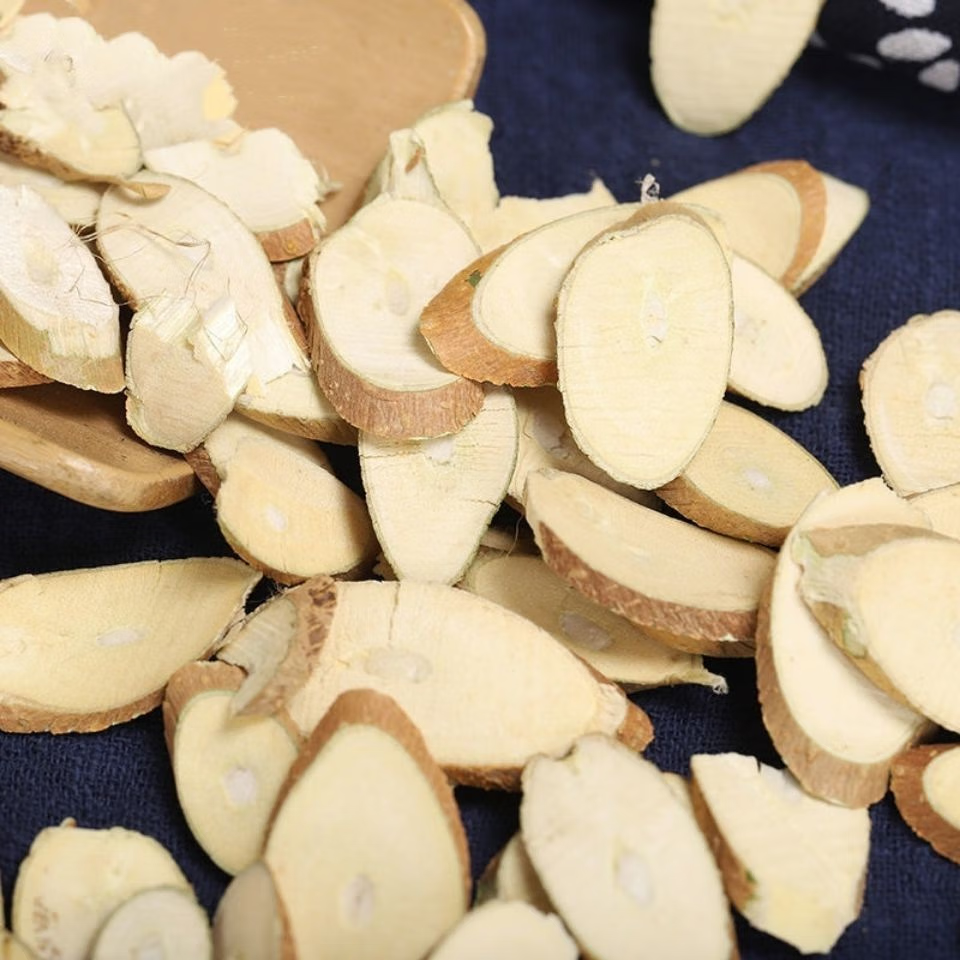
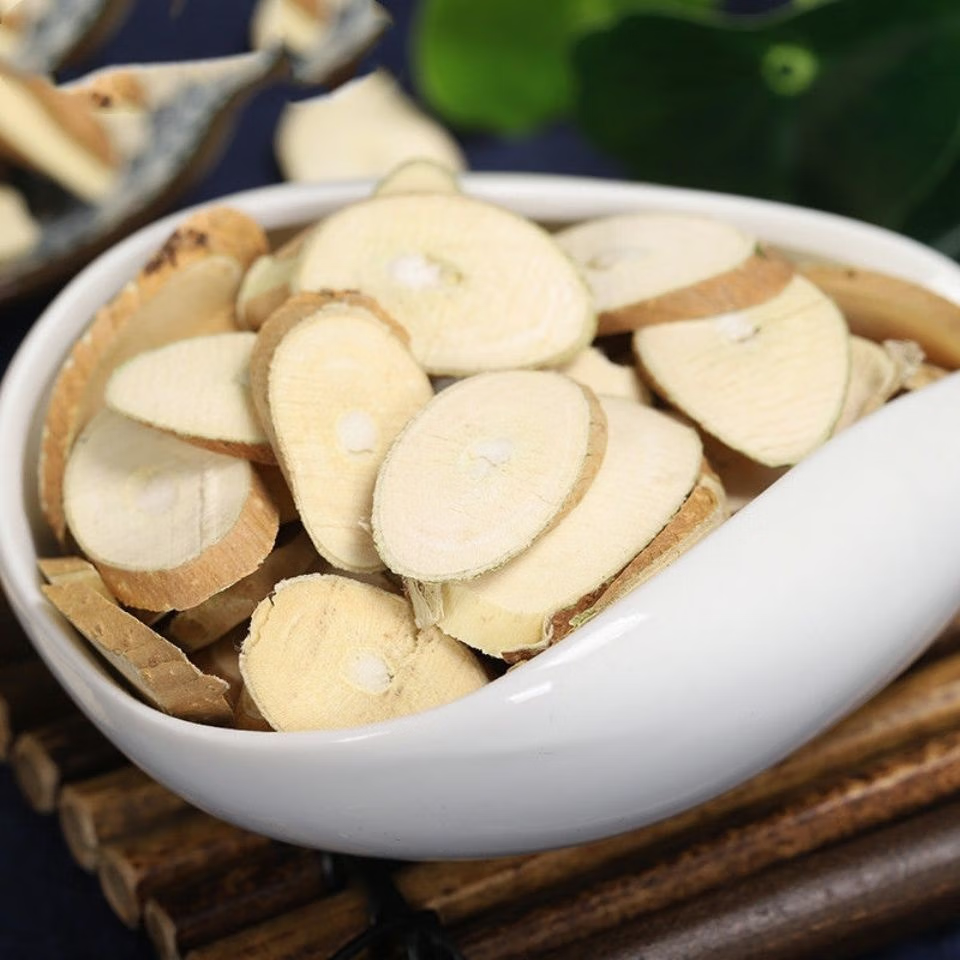
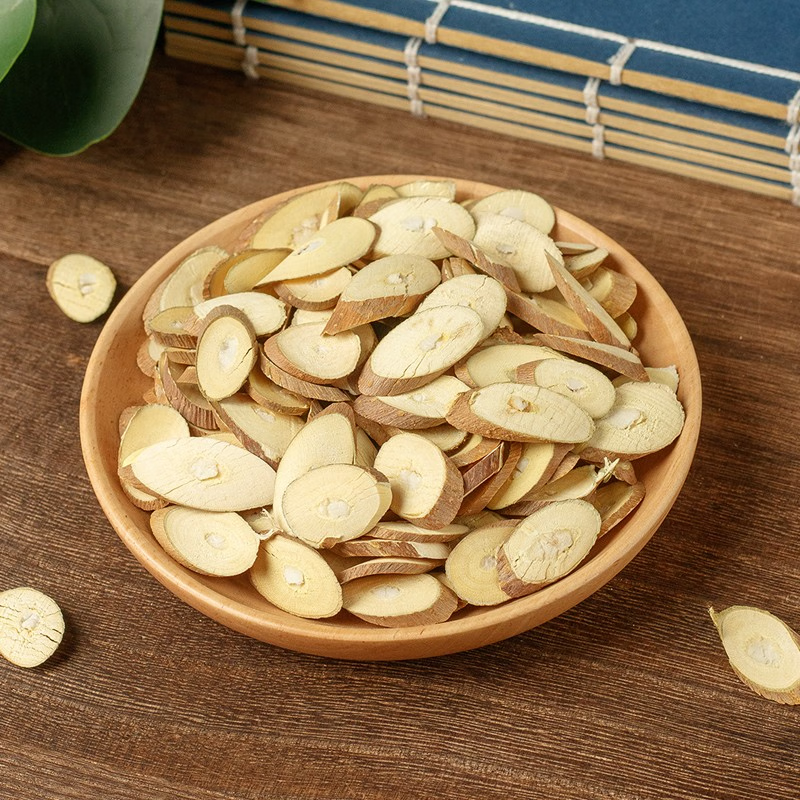
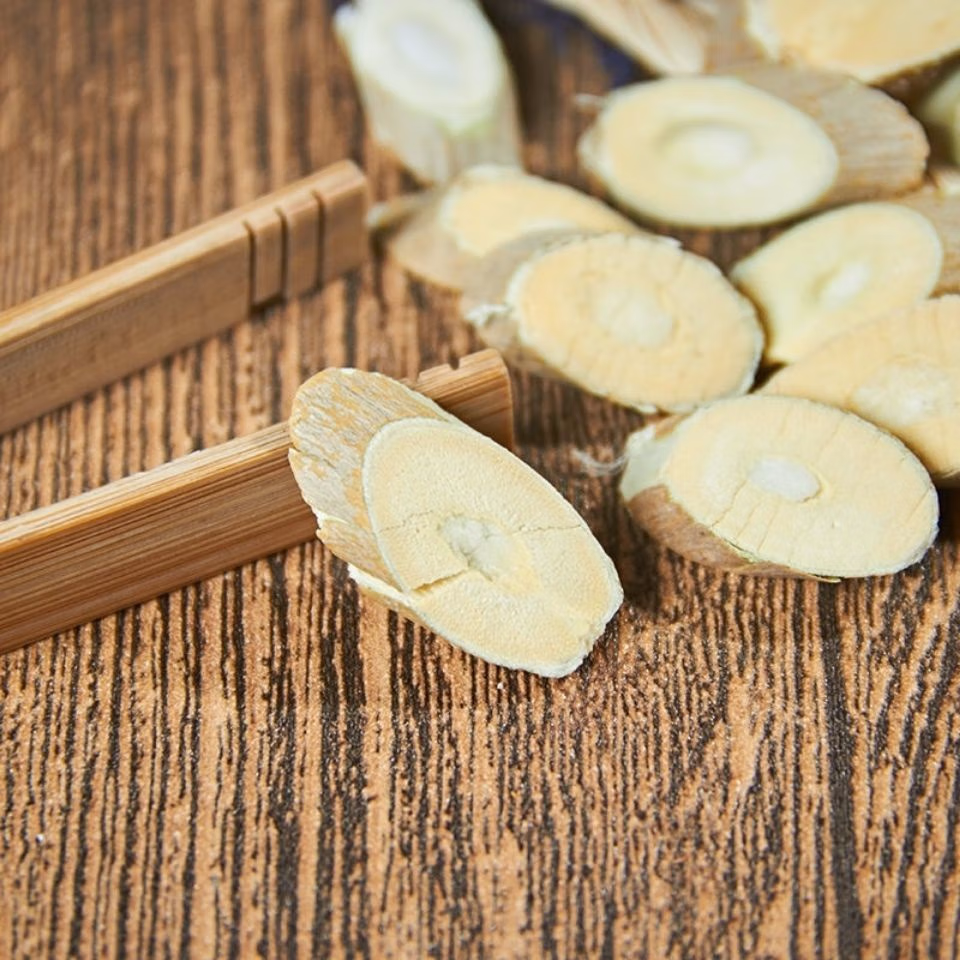
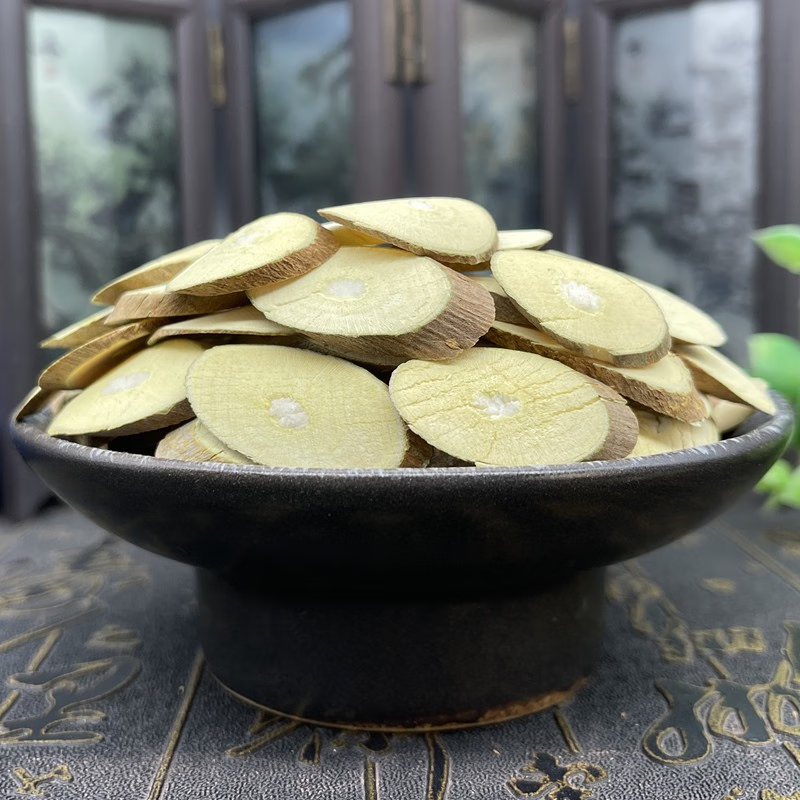

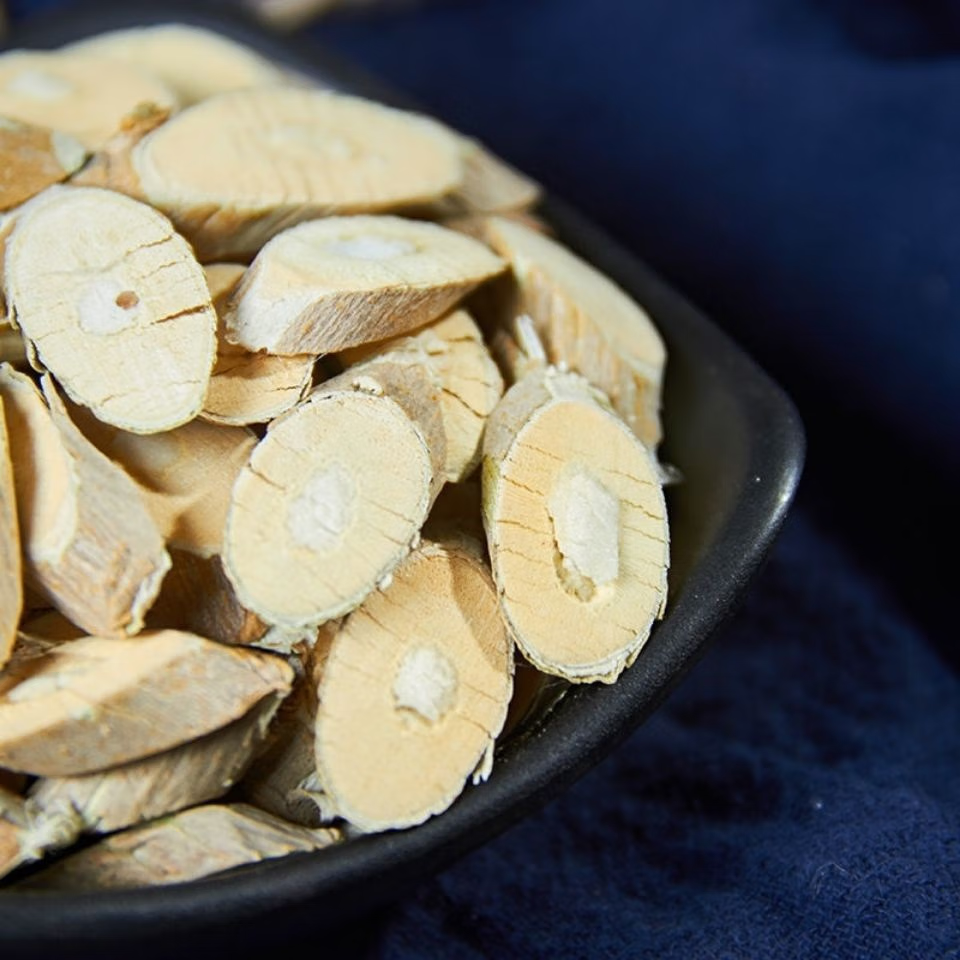
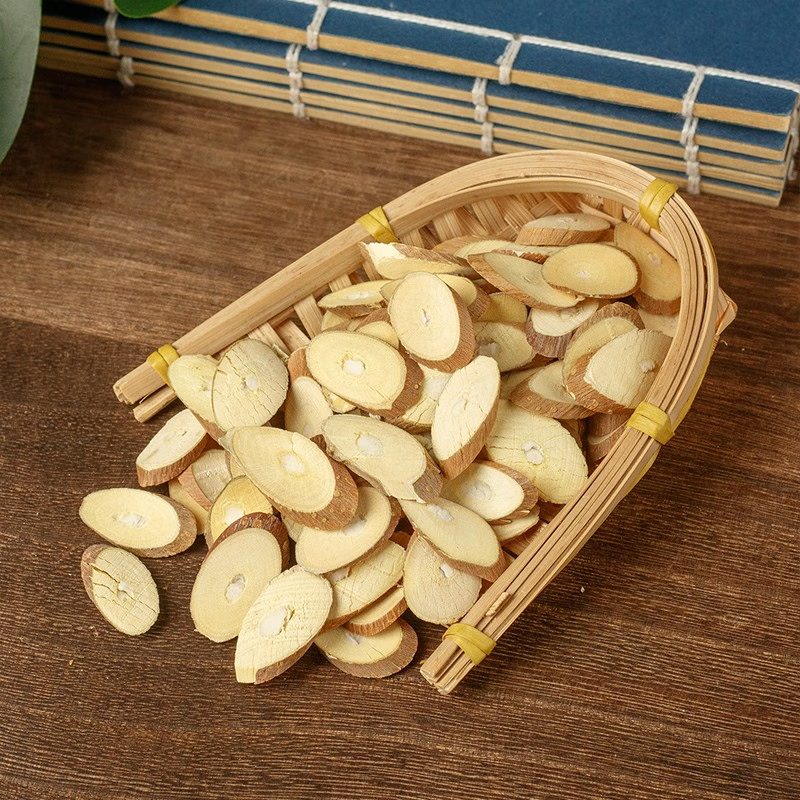



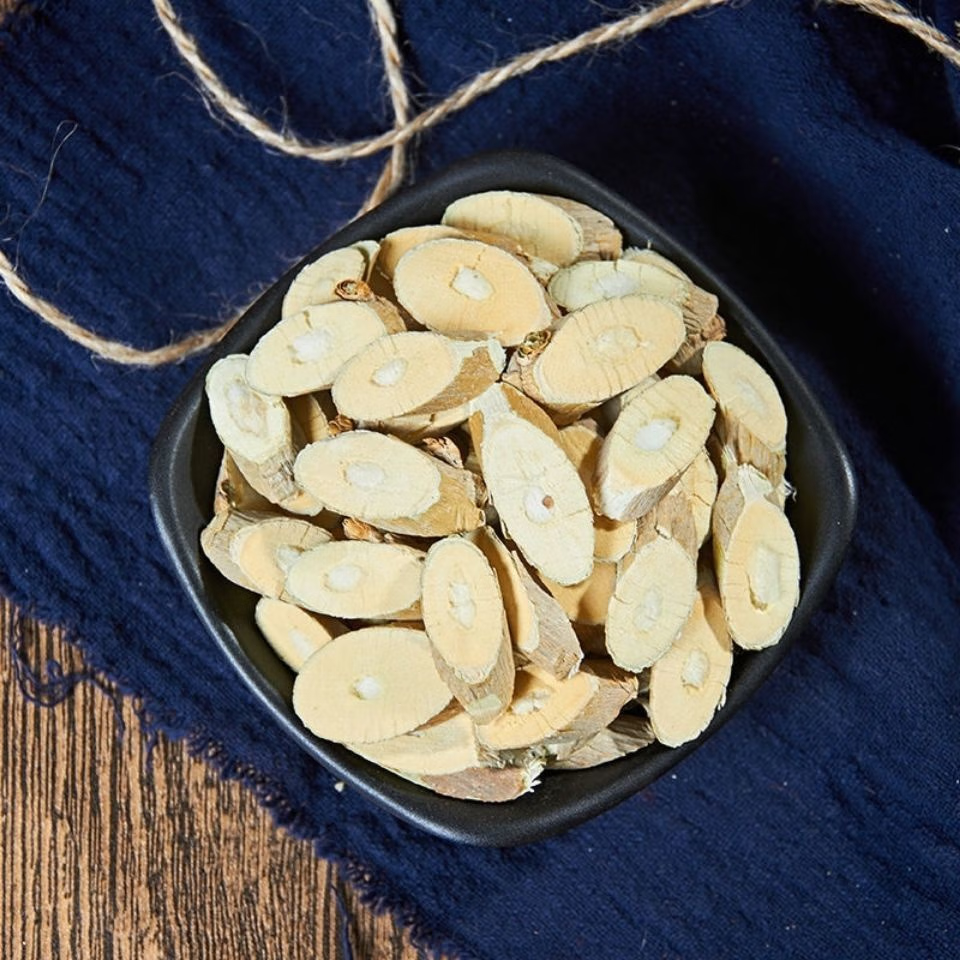
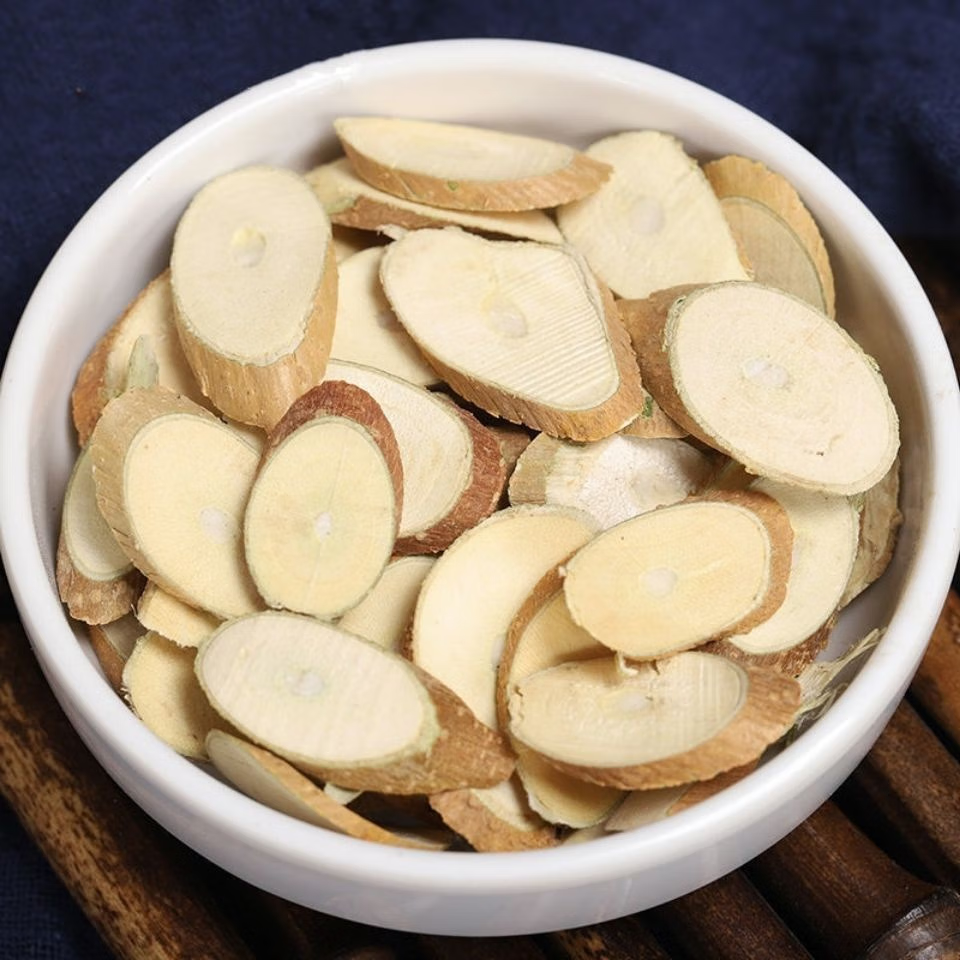
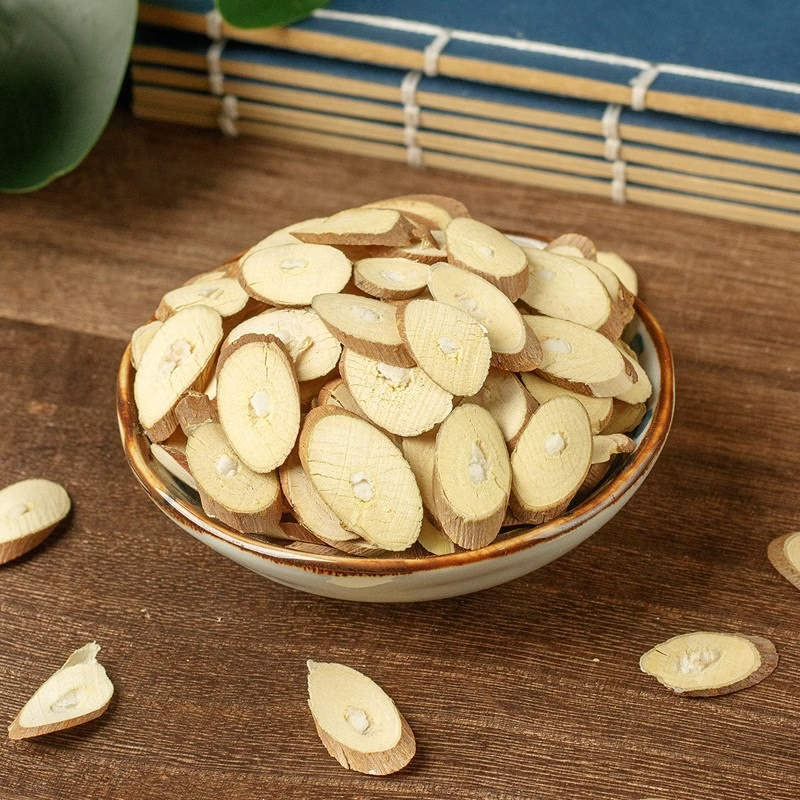
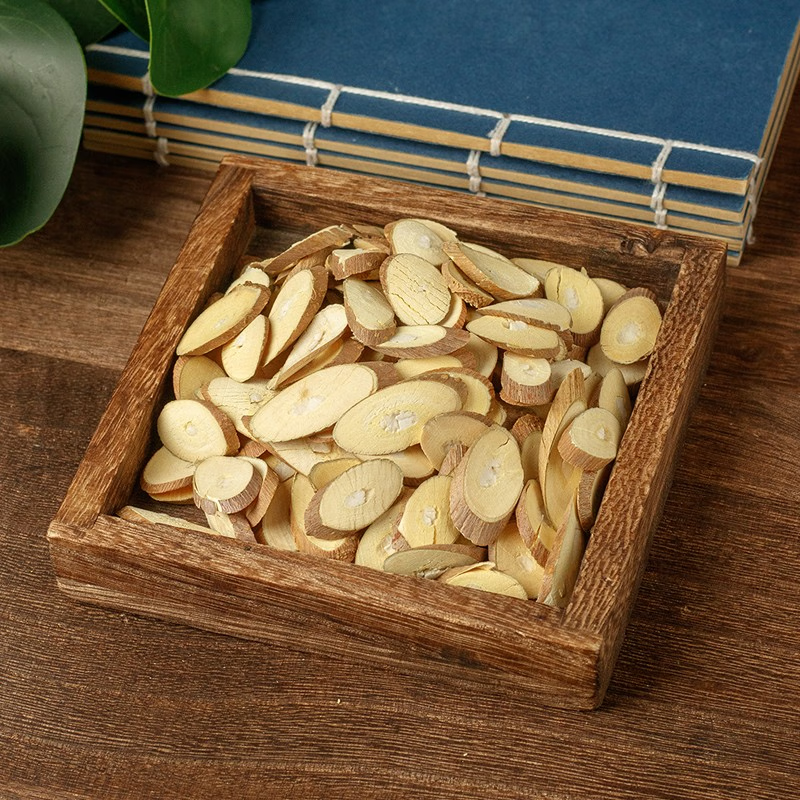
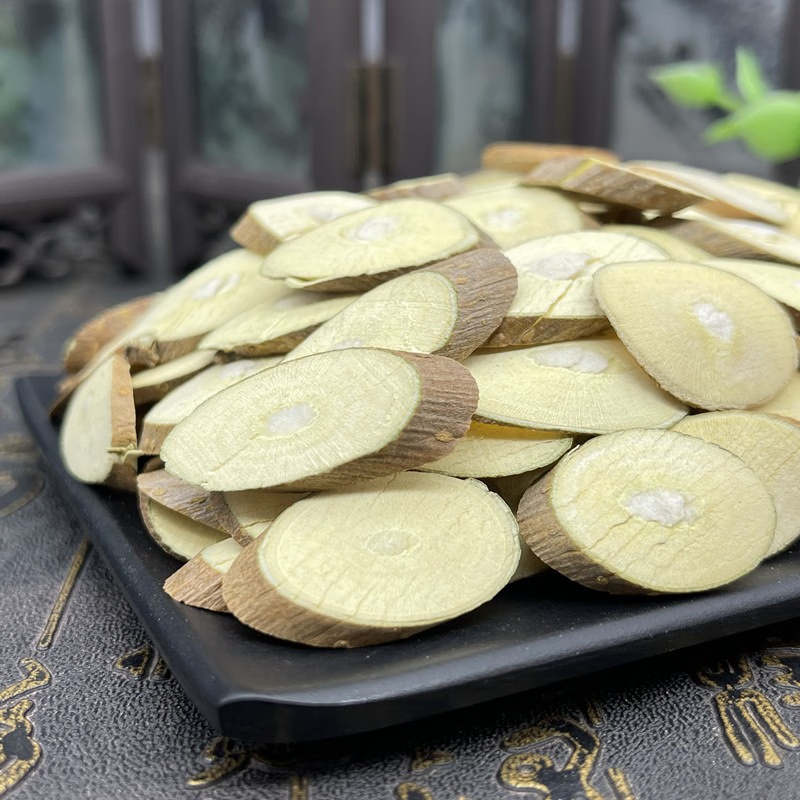
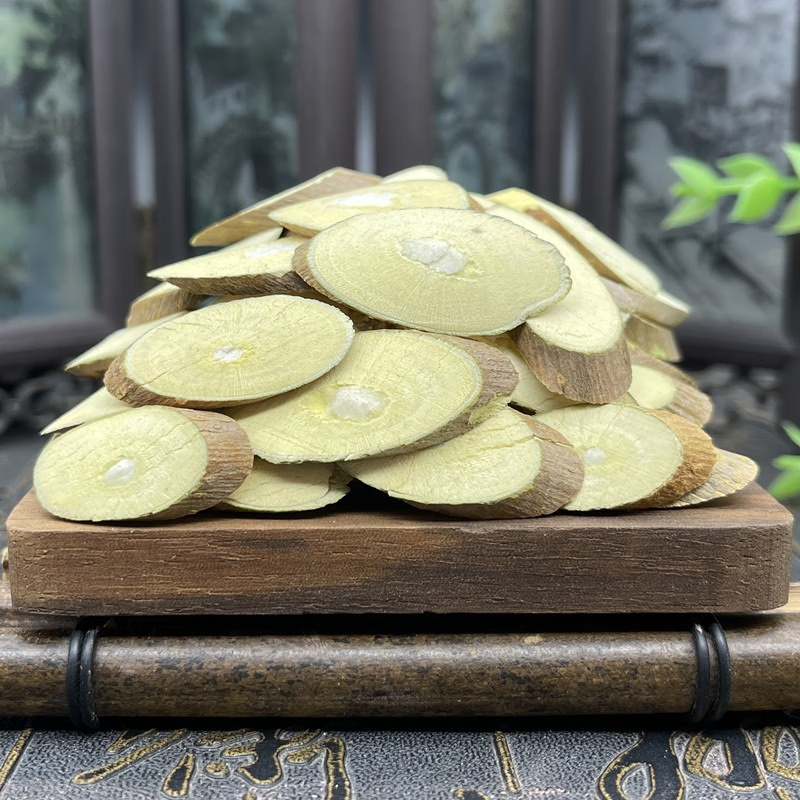

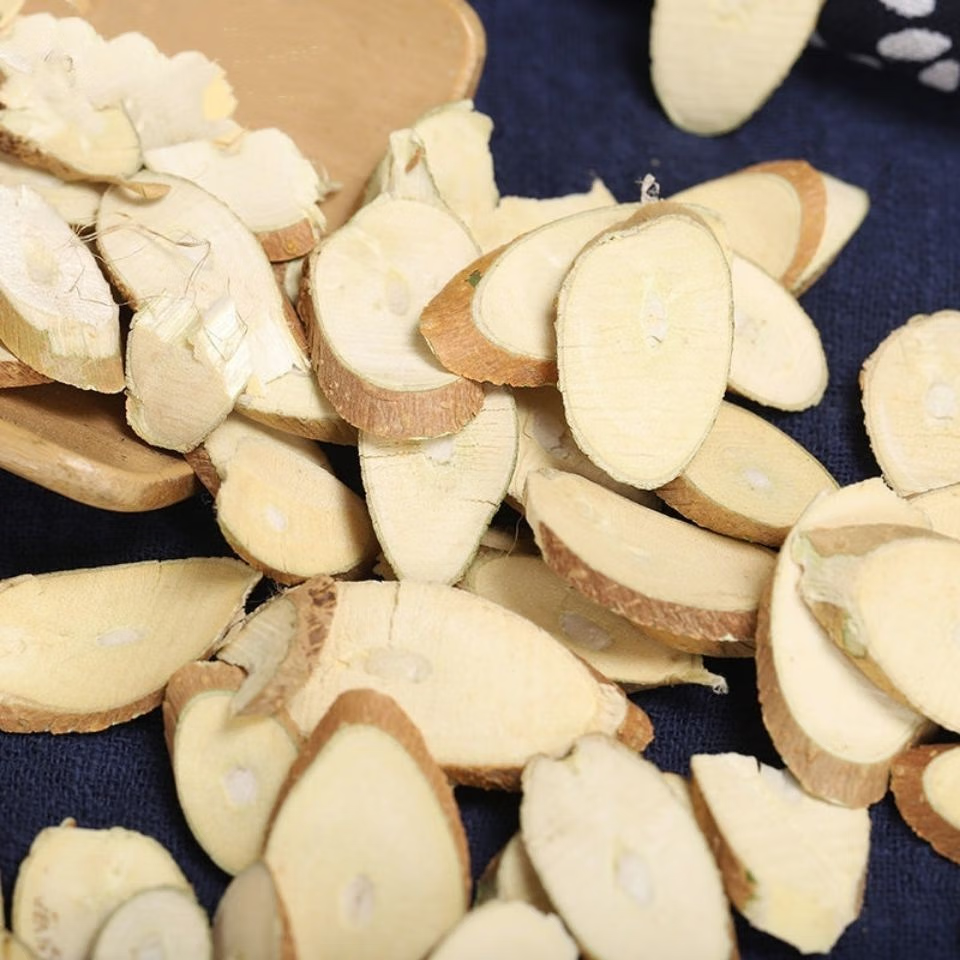


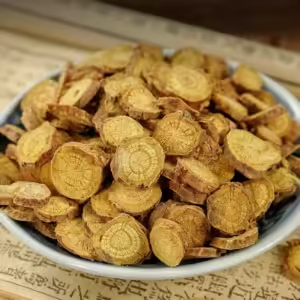
Đánh giá
Hiện tại không có đánh giá nào.